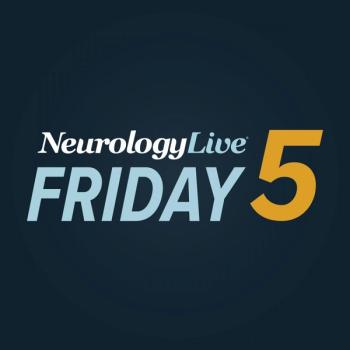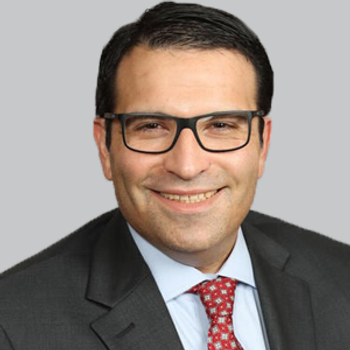
Need for More Creative, Head-to-Head Migraine Trials: Jessica Ailani, MD
The director of the MedStar Georgetown Headache Center detailed how creative and comparative clinical trials can drive treatment personalization and strengthen clinical confidence. [WATCH: 4 minutes]
WATCH TIME: 5 minutes
"Head-to-head trials give us the data we need to fight insurance denials and personalize care. They confirm what we see in practice—and remind us that outliers exist with any treatment."
Last month, AbbVie announced positive topline data from the
In the study, atogepant achieved its primary end point of tolerability, with fewer patients discontinuing treatment because of adverse events. Additionally, treatment with the calcitonin gene-related peptide (CGRP)-targeting therapy led to better outcomes on secondary end points of mean monthly migraine days, Headache Impact Test (HIT-6) scores, Migraine Specific Quality of Life Questionnaire, Patient Global Impression of Change, and Patient-Reported Outcomes Measurement Information System (PROMIS) Cognitive Function-Abilities Subset.
Across neurology, and specifically migraine, there have been few trials that compare 2 previously approved therapeutics to help better improve treatment personalization. In the wake of the positive TEMPLE data, NeurologyLive® sat down with migraine expert
REFERENCE
1. AbbVie Announces New Data Demonstrating Atogepant (QULIPTA® / AQUIPTA®) Achieves Superiority Across All Endpoints in Phase 3 Head-to-Head Study Compared to Topiramate for Migraine Prevention. News release. AbbVie. June 18, 2025. Accessed July 7, 2025. https://news.abbvie.com/2025-06-18-AbbVie-Announces-New-Data-Demonstrating-Atogepant-QULIPTA-R-AQUIPTA-R-Achieves-Superiority-Across-All-Endpoints-in-Phase-3-Head-to-Head-Study-Compared-to-Topiramate-for-Migraine-Prevention
Newsletter
Keep your finger on the pulse of neurology—subscribe to NeurologyLive for expert interviews, new data, and breakthrough treatment updates.


































